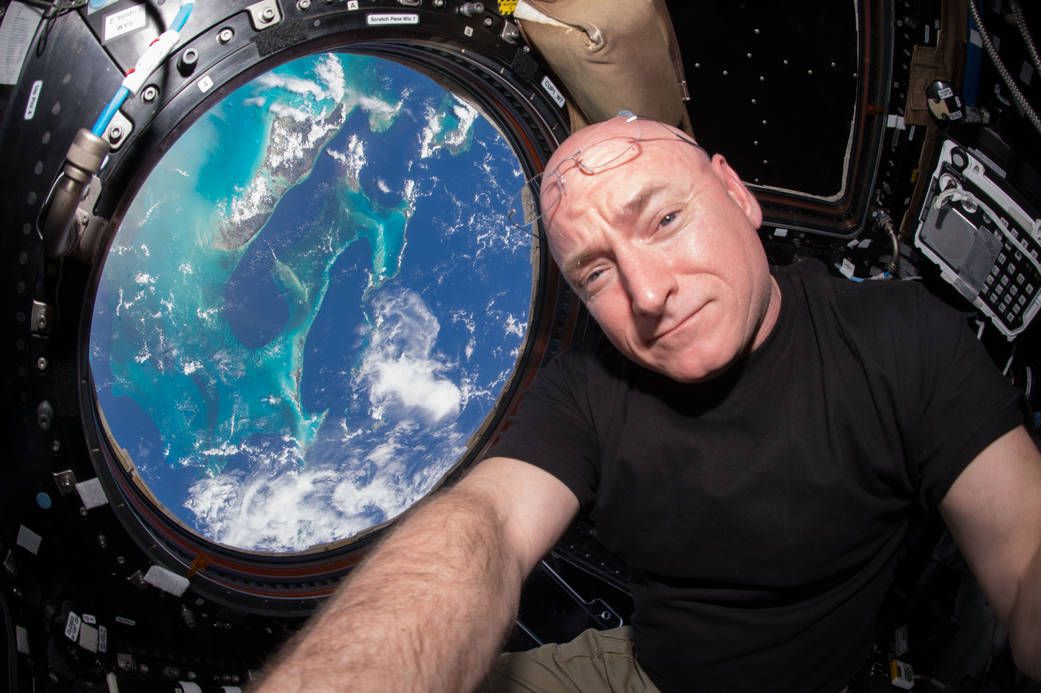Calling all the Longevity Superheroes, science needs you! We are proud to launch our brand new campaign and this time there is a twist.
We have launched our Lifespan Heroes campaign to raise funds for LEAF so we can continue delivering quality content, exclusive interviews, scientific commentaries, advocacy and more. We have done an amazing job over the last two years with our volunteers but now we need some help from our heroes — the longevity community.
Spring is the best time to celebrate life and remember all the good things we have achieved to improve and protect human life. One of the organizations which contributed the most to the development of healthcare systems around the globe is the World Health Organization founded by the United Nations. WHO’s Constitution came into force on 7 April 1948 – a date we now celebrate every year as World Health Day.
The main goals of the WHO are to provide leadership on matters critical to health, engage in partnerships where joint action is needed, shape the research agenda, support the dissemination of knowledge among all nations, set norms and standards in healthcare, articulate ethical and evidence-based policies. Let’s remember the definition of health by the WHO:






